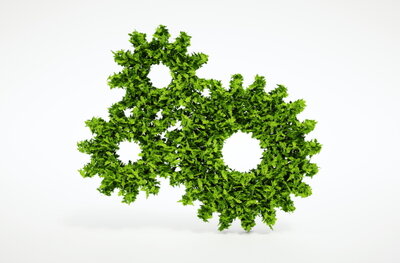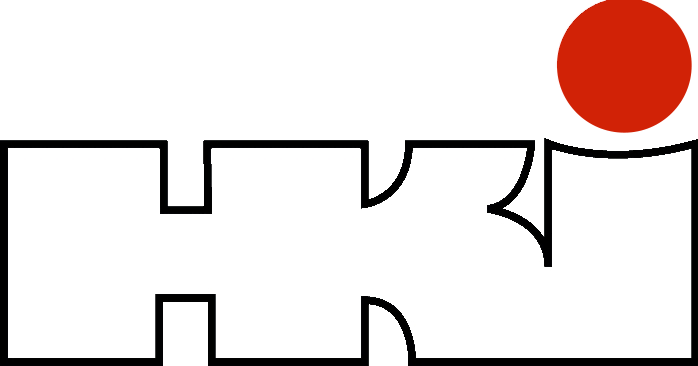
Circular economy
Material efficiency
The political focus is shifting from the pure consideration of energy efficiency to a more holistic approach. Material efficiency is essential to this.

The political focus has broadened in recent years. Whereas in the past the focus was primarily on energy, today the circular economy occupies at least as prominent a place.

Circular economy
The political focus is shifting from the pure consideration of energy efficiency to a more holistic approach. Material efficiency is essential to this.

Circular economy
Our industries are both massively affected by supply chain disruption, catering equipment a little more than heating equipment.